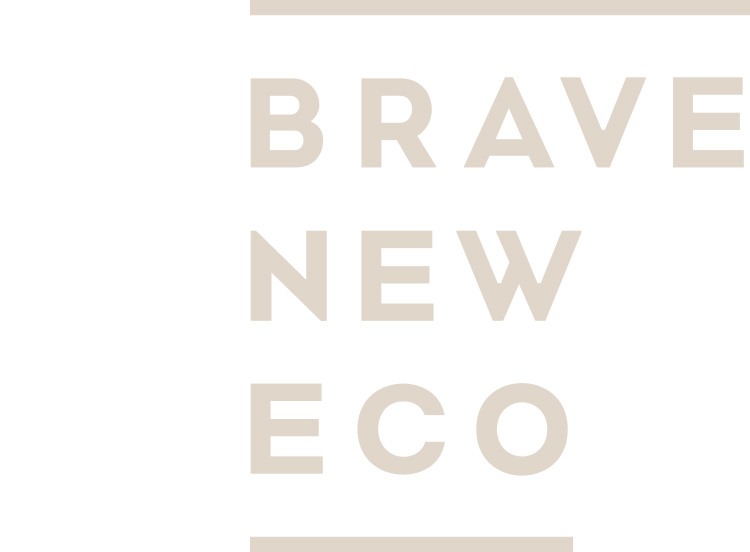‘ Our mission is to create beautiful, environmentally-resilient spaces that foster human health and happiness.’
KEY SOCIAL AND ENVIRONMENTAL OBJECTIVES
Creative We suggest solutions that may be overlooked by many because they are not the business as usual approach.
Resourceful Frugality is at the heart of our design approach. We make the least possible change for the biggest possible impact. We use what we have around us first, by opening our eyes to abundance, nothing is wasted. We see the potential in everything.
Analytical We research and evaluate all of our designs and specifications for function, suitability and environmental impact. We don’t just make pretty spaces, we understand the scientific, economic and ecological background behind our decisions.
Aesthetic We are allergic to ugliness. It is impossible for us to create something ugly.
Holistic We design in a social and global context. We are working to a bigger picture of how humans will live in the future. We integrate many diverse concerns in a single solution.
Generous We are part of the solution. We share our knowledge openly. We desire that many others to learn from our methods. We are fascinated by people and the environment. We seek constantly to understand how and why we can make life better for people.
BIG PICTURE OBJECTIVES (WHY):
Intergenerational equity: To design to avoid using the resources future generations will need for safety, survival and prosperity
Human’s ecological imperative: Humans potentially have a symbiotic role within nature’s eco-systems rather than a parasitic one
Facilitate social change: Reducing human consumption to safe and sustainable levels, eradicating wasteful and inefficient use or resources
Empower and Educate: Leave organisations/ entities/ individuals with the resources and ability to adapt to a changing ecological reality
Economic security and feasibility: Action plans that create a stable economic environment by encouraging optimum efficiency, and by providing future protection from scarcity of resources and the associated increase in costs
DESIGN AND STRATEGIC OBJECTIVES:
Autonomous: They function with minimal input of materials and energy
Adaptive: Can be changed over time to suit diverse uses, changing climate and technologies
Engaging: They encourage human-to-human and human-to-nature interaction. It’s about being positive about the world we live in
Organic: We favour materials that do not cause harm to humans or the environment
Ecologically active. Our designs incorporate living ecologies and respond intimately to the surrounding environment
HOW WE ACHIEVE THIS:
Work with nature and site ecologies
Minimise waste
Re-purpose others waste
Make the least change for the maximum ecological gain
Co-operate and don’t compete with what resources already exist
Consume less of a greater quality
Build and design for the entire life cycle
Preserve, regenerate and extend what exists already
Source firstly from existing resources and secondly from sustainable products
Future proof: design for diverse use and changing needs
Consider embodied energy and ecological cost in purchasing choices
Design for resource scarcity
Harvest and dispose of water on site
Generate energy onsite by renewable means
Increase biological diversity
Create physical environments supportive and beneficial for human health and psychological wellbeing
Value human knowledge and skills
Find solutions within problems
Start small and learn in process of change
Empower and educate all individuals to make the changes, share knowledge generously and the responsibility equitably
